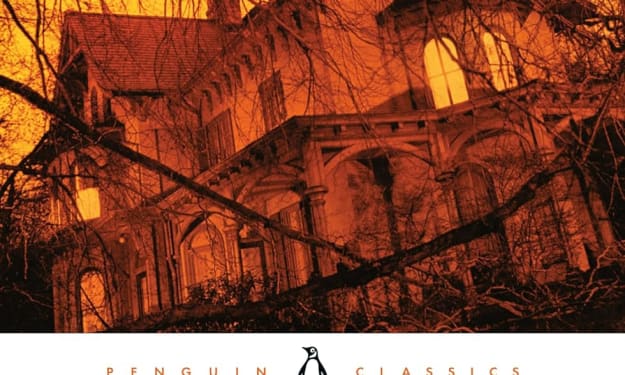History's Most Stolen Art Piece
The Ghent Altarpiece

Have you ever seen an exemplary artwork going through a series of misfortunes? The Ghent Altarpiece or the Adoration of the Mystic Lamb is a classic example of art heist history has ever witnessed.
This renaissance masterpiece was burned during the Calvinist iconoclasm, dismembered, stolen by Napolean, hunted during the first and second world war by the Nazis and the part of it is still missing for the past 85 years.
Art historian Noah Charney describes the altarpiece as one of the more coveted and desired pieces of art, a victim of 13 crimes since its installation, and seven thefts.
The Ghent Altarpiece and it's twelve panels
The Ghent Altarpiece is argued to be one of the most outstanding artworks in world art.
This painting is the world's first major oil painting and encapsulates the essence of Christianity. A spectacular panel painting placed in St Bavo's Cathedral, Ghent, Belgium was completed by early Flemish painters and brothers Hubert and Jan van Eyck. This painting was commissioned by merchant Jodocus Vijd, then-Mayor of Ghent, and his wife Lysbette.
The upper register
Adan and Eve are on the outermost panels of the upper register.
The only two figures without a blue sky in the background. The serene gaze through their eyes depicts the sin committed by them. The sandstone sculptures above Adam and Eve show the fratricidal violence that existed in humankind.
The painting has heavenly singers and musicians on either side of the three central figures as angels. On the left side, the angels are singing adorned in brocade copes, and on the right side, they are playing instruments leading with the organist (possibly St.Cecilia).

The three central figures have Mother Mary sitting on the left. The twelve stars surround her fabulous crown depicts an allusion to the Book of revelation. To the right is John the Baptist pointing to the Messiah with his right index finger.
The central figure is The Almighty painted by Jan van Eyck. He portrayed Christ as God the Father, or the Holy Trinity amalgamated into a single person.

The lower register
The Adoration of the Mystic Lamb represents a large central panel. The Lamb stands erect on the altar alive but bleeding in the holy grail symbolizes Christ's death and resurrection. The male and female martyrs, Saints come to adore the sacrificed Lamb.

The Knights of Christ on the right side and The Just Judges who are actually administrators and politicians are on the left side are depicted in the lower register.
The history of theft, destruction, and dismembering of the Altarpiece
The twelve panels of the painting sustained iconoclasm, theft, and fire damage in the Reformation era.
After that period, Napoleon I was the first conqueror who stole the Altarpiece from the Cathedral and took it to Paris where they exhibited it in the Louvre. It was only returned to Ghent in 1815 when the French were defeated in the Battle of Waterloo. Some panels eventually went into the collection of the King of Prussia who bought them at a whopping amount of £16,000.
During the First World War, the Germans stole further panels. These were returned to Belgium in 1920 under the terms of Treaty of Versailles and its subsequent reparations transfers. It was after 100 years, the piece of the Altarpiece was reunited.
Misfortune hit again in 1934 when two panels The Just Judges and Saint John the Baptist were stolen. Saint John the Baptist panel was recovered but the theft mystery of The Just Judges panel is still unsolved.
In 1940, at the onset of the invasion by Germany, the Altarpiece was sent to the Vatican to keep it safe during World War II. Adolf Hitler commanded his troops to seize the painting again in 1942 and put them in the Altaussee Salt Mines that greatly damaged the paint and varnish. After the war, the painting was recovered by the US Army and returned to Belgium.
The Belgian art restorer Jef Van der Veken produced a copy of the stolen The Just Judges panel to complete the Altarpiece.
The lost panel The Just Judges is still in the investigation. A massive task of restoration of panels began in October 2012 with a budget of more than €2.2 million that is still under progress as of 2020.
The magnificent Altarpiece that covers almost A to Z of Christianity has time and again seen iconoclasm, theft, damage, and dismembering.
About the Creator
Kamna Kirti
Art enthusiast. I engage with art at a deep level. I also share insights about entrepreneurship, founders & nascent technologies.
https://linktr.ee/kamnakirti






Comments
There are no comments for this story
Be the first to respond and start the conversation.